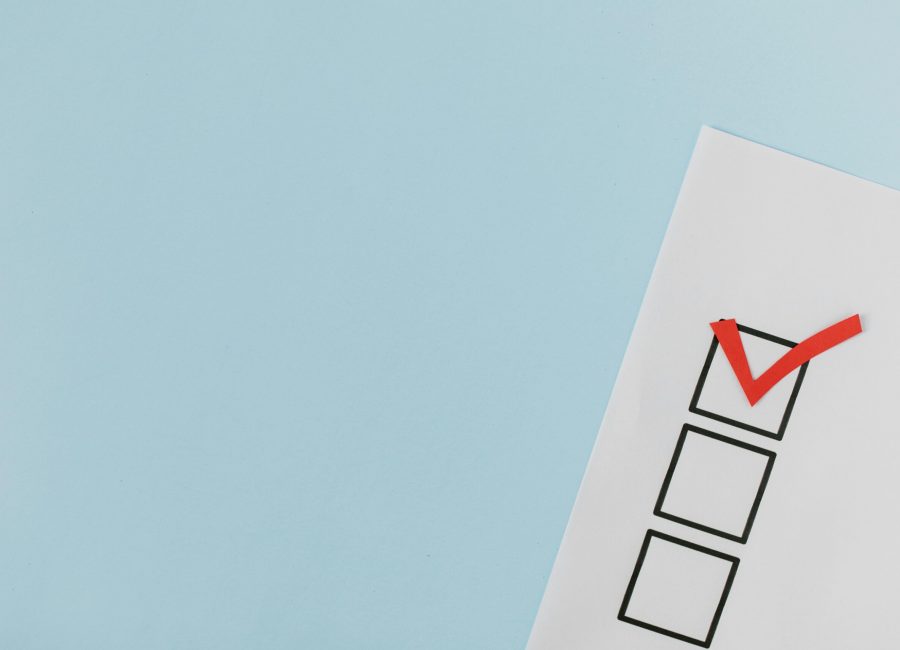When I first read the latest Financy Women’s Index, I was excited to see women have started to close the gender superannuation gap.
Reading further, it was with a sense of dismay that I saw it will still take around three decades to achieve equality in our retirement savings.
It’s no secret that one of the key reasons women face a gender gap and are behind in the super stakes is because we are more likely to take time out of the workforce to raise a family.
Yet we see no progress on women receiving employer-paid super while on parental leave.
A 2021 report by Industry Super Australia (ISA) found adding super to Commonwealth Parental Leave Pay would leave a mother of two better off in retirement by $14,000.
The same study shows fewer than 7 per cent of enterprise agreements include a provision to pay super on paid parental leave. If all employers were to follow this lead an additional 1.7 million women would benefit.
I understand some businesses are doing it tough, and simply don’t have the cashflow to add super to maternity leave. But hat’s off to those employers who are making super contributions to women while they’re raising children.
What of the case for government funding?
The Callaghan Review estimated that adding superannuation to government-funded parental leave pay would cost taxpayers $200 million a year.
I understand that, like household budgets, when governments spend more on one area, they need to make cutbacks in another. However, $200 million annually is not a significant sum in the general scheme of things. So, the signal women can pick up is that super contributions as part of parental leave is not a priority.
Long story short, as Industry Super Australia notes, we must stop penalising Australian families – in particular women, for having children.
On the plus side, there are positive signs women are taking control of their super.
The latest data from the Tax Office shows close to one in two members of a self-managed super fund (SMSF) are women. Females outnumber men as SMSF members in key age groups from 35-69 years.
It is really only among the 74-years-plus demographic that we see men significantly outweigh women in SMSF membership.
Of course, beating the super odds doesn’t have to involve starting a DIY super fund.
Something as simple as making small additional contributions to super can make a tremendous difference.
Let’s say a woman aged 35, earns $50,000 annually, and has the average super balance for a woman her age of $69,300. By adding just $1 extra to her super each day – that’s 30 bucks a month, she can accumulate an additional $148,389 in super by age 67.
I encourage all women to head to MoneySmart’s online super calculator to see how a few extra dollars added to your super – contributions you may be able to claim on tax, can help you bridge your own gender super gap.
Effie Zahos is an independent director of InvestSMART and is also the Editor-at-Large of Canstar.
Financy is a fearless believer in economic equality, which uses data insights to accelerate progress and support organisational efforts in diversity, equity & inclusion.














